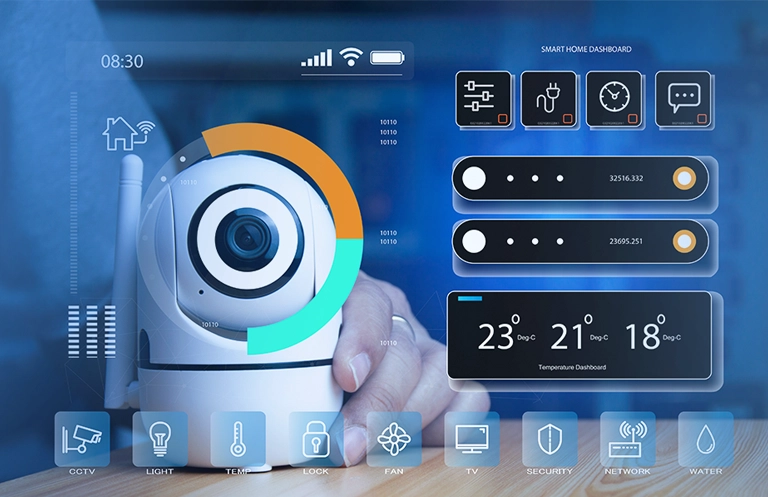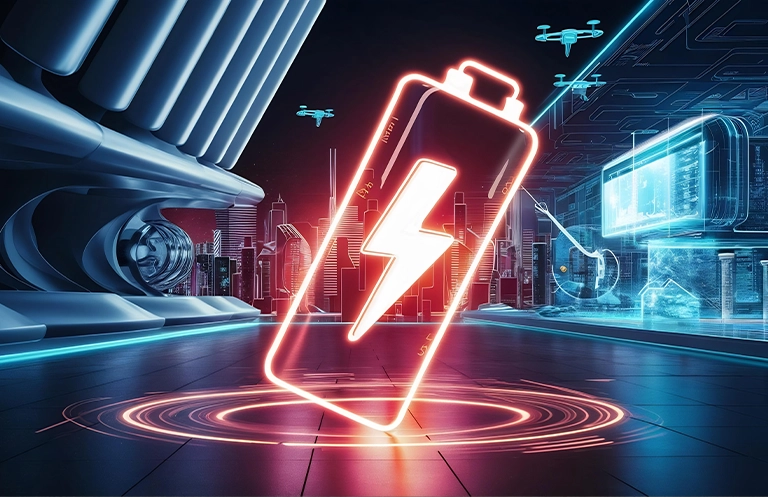The healthcare industry has gone through some fundamental changes over the last two decades. Digital technologies have played an essential role in the evolution of modern healthcare systems. Healthcare devices ranging from fitness bands to medical devices in our hospitals have become an integral part of a connected ecosystem. In healthcare, Artificial Intelligence (AI) is useful in different ways as it can assist in predicting diseases and preliminary diagnosis, among others. It can also automate and optimize hospital operations, improve diagnostic test results, and make them faster and more accurate.
According to Frost & Sullivan, AI systems are projected to be a $6 billion-dollar industry by 2021. A recent McKinsey review predicted healthcare as one of the top 5 sectors with more than 50 use cases that would involve AI, and over USD 1bn already raised in start-up equity. This indicates that Artificial Intelligence is emerging as a game-changer for the healthcare sector.
AI is increasing its application in the healthcare sector with artificial neural networks, which are used in clinical decision support systems for medical diagnosis. It can also perform other critical tasks like – computer-aided interpretation of medical images, heart sound analysis, among others.
Artificial Intelligence in Healthcare
Nowadays, the challenges which the healthcare sector is facing is different from a decade before. Let’s discuss how AI can be helpful in the Healthcare sector.
1) Drug Discovery
The Food and Drug Administration (FDA) of the United States has defined five steps for drug discovery which include, drug discovery, preclinical testing, clinical research, FDA review, and FDA post-market safety monitoring.
In the drug discovery stage, researchers go through various processes like gaining new insights into a disease, find new compounds and then testing these molecular compounds etc. They also need to check existing treatments that have unanticipated effects and new technology to target medical products to specific sites within the body or to manipulate genetic material. After completing this entire tedious task, thousands of compounds are eligible for development as a medical treatment. These compounds need to go through a series of tests, and only a small number of compounds will be suitable for further research.
RELATED BLOG
Powering HIPAA Compliant Connected Healthcare Solutions with Azure Cloud and AI Technologies
Let`s understand these processes in detail.
For New Insights into a Disease – For developing new insights, researchers need to study numerous medical reports, patient records, medical case studies, etc. Humans can read only 200 to 300 articles per year, while AI can use machine learning and deep learning algorithms and correlate the existing data faster than a human being. AI develops patterns in the data pools, which could be eligible for further process.
For new compound testing – It is one of the most challenging tasks, as the possibilities are countless. It also requires much knowledge of molecular structures, biologic information, proteins, metabolites, etc. Processing this vast amount of data is also a tedious process. Nowadays, pharmaceutical companies are discovering AI techniques which encode deep-rooted knowledge for compound design and assessment. It makes the process faster by comparing the results of a newly designed compound with the anticipated performance and with other molecules.
Cyclica, a Canadian startup, uses a suite of computational algorithms to evaluate and predict how drugs might interact with the human body. Such kind of testing helps pharmaceutical companies in identifying side effects before clinical trials and ease the process.
2) Smart Assistance
AI-based image recognition and machine learning can see far more details on MRI and X-ray images than human eyes. With the help of Artificial Intelligence algorithms, particularly deep learning, radiologists can improve the speed and accuracy of interpreting X-rays, computed tomography scans (CT scan), magnetic resonance imaging (MRI), etc. Many deep learning architectures have been explored to address different tasks. Convolutional neural networks (CNNs) are the most common deep learning topologies in medical imaging.
In pathology, AI can diagnose the result at a micro level, which can help in avoiding errors in diagnosis. In oncology, for instance, a group at Stanford University has done an experiment with AI algorithms pitched against 21 dermatologists on the algorithm’s ability to identify skin cancers.
3) Preliminary Diagnosis
In healthcare, timely treatment is very crucial, and mere minutes can create a significant impact on a patient`s health. AI helps in the prima facie disease diagnosis process through chatbots or virtual assistants like Siri, Alexa, Cartona, etc. These chatbots ask a series of questions verbally or by chat and capture the information like patient’s symptoms via a mobile application, website or text message. Then, based on cognitive abilities, it can assist in self-diagnosis. It will direct the patients for further treatment and save the time of doctors and patients both. AI-enabled chatbots are being popular day by day as it can learn from every conversation they have with users.
4) Enables Remote Patient Monitoring
Remote patient monitoring allows the medical professional to keep track of patients’ essential vitals. It works as a boon for senior citizens and for those people who are staying away from hospitals.
Dartford and Gravesham NHS hospital have set up an AI-enabled wearable program. By this, they can monitor the patient’s health after being discharged. This resulted in a 22% reduction in costly home visits, freeing up valuable nursing time, human resources, and a decline in readmission rates.
Alerting systems using Edge AI in wearables are extremely useful for senior citizens, especially for those who are in remote areas. The edge-based AI is much faster than other medical wearables devices.
5) Patient Privacy
The Internet of Medical Things (IoMT) consists of medical devices, software applications, remote patient monitoring tools, and sensors, which can send the signal to other devices via the internet. These devices are adding the data continuously on the cloud. Medical records of patients, test results, scans, consultation notes, and details of the appointment are also being uploaded on the cloud.
In 2017, the US medical and healthcare sector experienced over 350 data breaches, exposing 4.93 million patient records. Therefore, data security and patient privacy are essential to tackle.
With AI on edge, only the data that requires further evaluation is shared with the third party (cloud service providers). It helps in decreasing the amount of data transferred and therefore reduces the probability of data breach.
We can also use homomorphic encryption. It adds a layer of security by allowing machine-learning algorithms to operate on data without decrypting it. For example, in conventional cryptosystems, one needs to decrypt the data first and then perform the operations on it. On the other hand, fully homomorphic encryption enables operations on the encrypted data without observing the actual data. The third-party can never see the original data but can perform required actions on the encrypted data and get the results.
Conclusion
Artificial Intelligence cannot replace a doctor but assist them with diagnosis and remote health monitoring. AI is helping medical practitioners in saving a lot of time in every stage of diagnosis from first check-ups to post-treatment activities. eInfochips has hands-on experience in Artificial Intelligence and Machine Learning algorithms. We have more than two decades of expertise in FDA class 2 and class 3 non-invasive medical device development and helps clients with product ideation, prototyping, development, sustenance, and re-engineering. Get in touch with our experts to know more.













